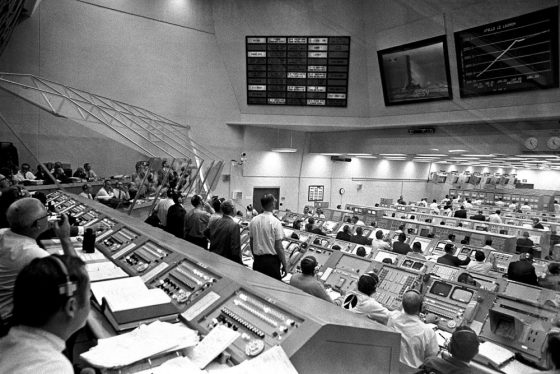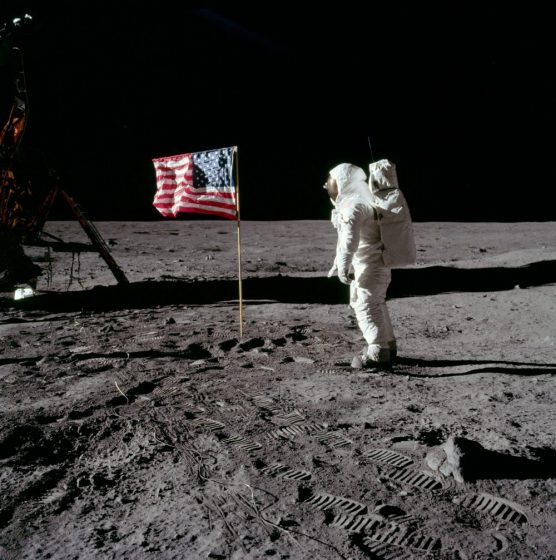The year is 1962 and JFK decides it’s time to go to the moon (Not because it is easy, but because it is hard). A bunch of rocket scientists, engineers, mathematicians and computer scientists need to collaborate to make this happen.
What does this collaboration looks like? Are they all sitting around a table with butcher’s paper and pens, solving physics equations and designing rocket engines as a group? Are they recreating this scene from Ghost with pen and paper instead of clay?

Clearly this is not going to be a productive collaboration. The huge team at NASA have individual talents that they can bring to bear on the project. They collaborate individually. That’s how you put a man on the moon.
My Class Collaborating Individually
Recently my class collaborated individually for revision. Here’s how we did it.
Step 1. If you press play below, you can watch as 20 of my students collaborated individually on one document over the course of 10 minutes. Each student was given a particular topic from the term and asked to “guess” what kinds of questions might be on the upcoming exam.
Not much talking, just students working hard to put questions on the page. At the end we had over 100 revision questions created by the students.
Step 2. Now that we’ve got 100 questions, maybe we should whittle them down. All questions were entered into a google sheet and students were asked to rate them on scale of 1-5, 5 being very important to study, 1 being not at all important.
A simple formula in our google sheet found the average rating for each question and then we filtered them from highest to lowest.
The wisdom of the crowd at work, students collaborated individually on this google sheet to pick the top 40 questions.
Now, How can we collaborate individually on our study of these questions?
Step 3. Two Google Forms with 20 questions in each were created. Half the class answers one form, half answers the other. This means each of our 40 questions has been answered ten times. All these answers are collected on one google sheet from the google form (you can try your hand at the quiz below if you like).
Step 4. All students were given their own copy of the google sheet with everybody’s answers on it. Each student can now look at every answer for each question and start to formulate their own best answer to each question. Collaborating individually to prepare their own individual answers to 40 study questions and create their own study notes.
Why share this lesson?
I’m hoping that by sharing this lesson I can expand our view of what collaboration looks like. The terms “Group work” and “Collaboration” are often used interchangeably but I argue this couldn’t be further from the truth.
How can we show our students how to collaborate effective in the “digital age”? It’s important, because putting a man on the moon takes collaboration, not group work. There’s a difference.


